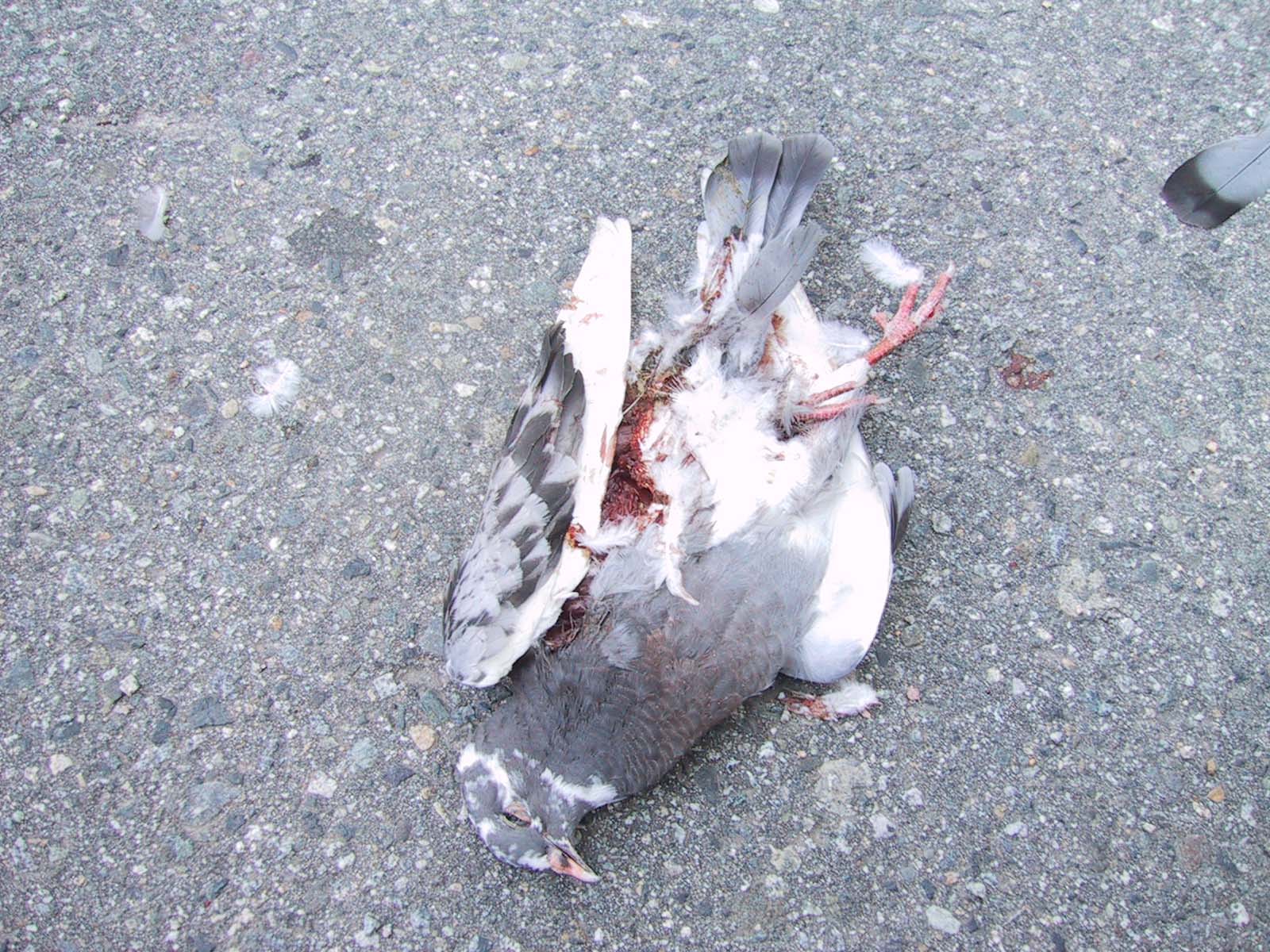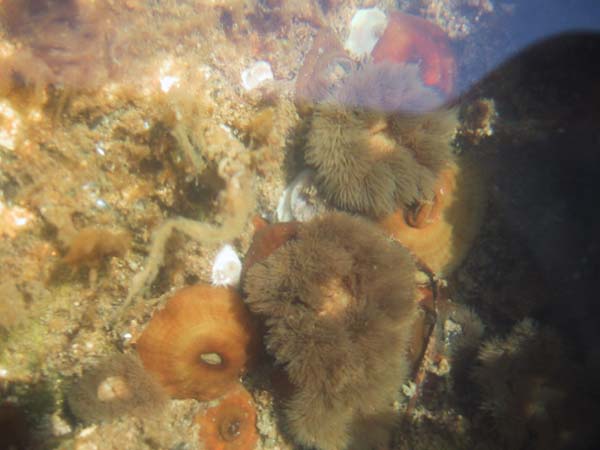


I have seen things that you people wouldn’t believe.
Attack ships on fire off the shoulder of Orion . . .
I watched sea beams glitter in the dark near the Tannhauser gate.
All those moments will be lost in time, like tears in the rain.
Time to die . . .
Roy Batty, replicant in Blade Runner (1982)
The inimitable, now deceased (and somewhat problematic) May Brussell once theorized that Ronald Reagan was a replicant, or in her words, a *robotoid*. Like Bladerunner’s Roy Batty, Reagan certainly made for an exquisite corpse, as cinematic in death as he was in life.
Last week, many of us sat through an endlessly repeated montage of images from the Reagan funeral, wonderfully cinematic yet transparently constructed. Towards the end, the cameras depicted the golden chapparal hills of the California rangeland, spreading out seemingly forever under a cobalt blue sky as a squadron of F -16s, the four shiny bird men of the apocalypse, hurtled through the frame. One of them peeled off majestically, vertically into the heavenly vault, as a vast sun sank sadly into the Pacific and then we cut to Reagan’s star and stripe draped coffin being lowered into the soft Californian earth. A Hollywood requiem for Hollywood’s cold warrior, simulacrum piled upon simulacrum, the air reeking of tears, jet fuel and collective amnesia.
The previous day, some merry prankster at BBC World, briefly super-imposed the hilariously incongruous soundtrack of *God save the Queen* onto the image of Reagan’s flag-draped coffin being hauled through the streets of Washington DC on its gun carriage, before being hastily cut off amid the sputtering apology of the newscaster. BBC World makes frequent (and in many cases unconscionable) use of stock footage (North Korea in the winter, the swimming pool in the Iranian nuclear reactor), but stock *audio* takes the idea of exquisite corpse, DJ style newscasting to new heights. Maybe BBC World is onto something.
Of course the blogosphere has been rife with Reagan redux, including exhumation of JG Ballard’s remarkable (1967) essay, WHY I WANT TO FUCK RONALD REAGAN. Upon re-reading this piece, one is struck by its prescience:
Motion picture studies of Ronald Reagan reveal characteristic patterns of facial tonus and musculature associated with homo-erotic behaviour. The continuing tension of buccal sphincters and the recessive tongue role tally with earlier studies of facial rigidity (cf., Adolf Hitler, Nixon). Slow-motion cine-films of campaign speeches exercised a marked erotic effect on spastic children. Even with mature adults the verbal material was found to have minimal effect, as demonstrated by substitution of an edited tape giving diametrically opposed opinions. . . (also) . . . . Reagan’s personality. The profound anality of the Presidential contender may be expected to dominate the United States in the coming years. By contrast the late J.F. Kennedy remained the prototype of the oral object, usually conceived in pre-pubertal terms.
Reagan was perhaps one of the greatest modern practitioners of Lysenkoism, the death of science through its perversion to attain ideological goals. Who can forget Reagan’s fantastic (1981) assertion that “trees cause more air pollution than automobiles do.” Bruce Sterling discusses the even more cynical Lysenkoism of the Bush administration in Wired Magazine in which he explains how scientists who are critical of the administration’s pseudo-scientific obfuscation of global warming, air pollution, deforestation etc., are being systematically purged from positions of influence. When I was in high school, I remember watching the (1974) Nova program, The Lysenko Affair and thinking what an obscure little historical footnote Lysenko’s political manipulation of science was, and how far we in the (then) *space age* had moved in the direction of absolute rationalism. Little did I expect then, by the time I reached middle age, the institutions of scientific truth would be in free fall, mortally wounded by the twin demons of persuasion technology and anti-intellectualism.
Back on the west coast, I am bathed in the seething biological fecundity of early summer. Roses both wild and domesticated bloom everywhere and one feels as if one could drown in the fragrant cleavage of their dewy petals. Even in death they are remarkable, their deconstructed blossoms strewn like fallen birds on the damp morning earth.

anemones

starfish

more anemones (because I love them)
The lowest tides in 18 years have been exposing many exquisite echinoderms, ancient and radially symmetrical. My indefatigable marine biologist friend Sabina led us into a local lagoon to study them. We examined sand dollars, sea urchins and starfish (in situ), all remarkable in their radial symmetry as well as in their fascinating hydraulic vascular systems, which control locomotion, feeding, breathing and the removal of waste. As they die, the exquisite 5-petaled, flower-like imprints of their water intake pores become exposed on bleached calcaric skeletons that carpet the bottom of the lagoon in a thick, ghostly layer. “Why is there so much death here?”, I asked Sabina. “Because there is so much life.” she answered wisely. The sand dollars themselves are deposit feeders, absorbing the cossetting detritus of ubiquitous death so that they themselves can live.
In the same limpid waters, sea anemones wave crowns of hairy tentacles into the planktonic flux, from fat, sausage-shaped bodies as old as time. Acorn barnacles encrust everything, hunkered down in their miniature (alas) stationary, volcano-shaped houses from which they flail penises so (proportionately) huge that they are many times the size of their owners.
Amid such fecundity, it is hard to think about the current phenomenon of mass extinction, which I have discussed extensively in previous postings. Imagine then my surprise, when I learned at a recent workshop on Rice University’s *Open Source* Connexions Project, which::Laura and I attended, to find that my *favorite* tool Plone was being used to catalog the vanishing plant biodiversity of the Peruvian Amazon. This sample page shows how digital images of living endangered plant species, previously identified mainly from dried and pressed herbarium specimens, can be now be put on-line and identified through an on-going Wiki conversation between botanists and plant taxonomists from all over the world. This represents a quantum leap in plant identification, and it hasn’t come a moment too soon because, according to some researchers, almost half of all plant species could be facing extinction worldwide, mainly because of the unprecedented loss of plant biodiversity in tropical countries. It’ll be nice to know what we have(had) before it all disappears . . .
At the same workshop I learned about the concept of granularity as it pertains to learning objects. For example a *big* on-line object such as an video clip, or essay can be said to have low granularity whereas a sentence fragment would have *high* granularity. This is an important discussion, as there is a certain point where an object becomes *so* granular that it loses meaning, whereas at the other extreme could get so big as to be hard to metatag, in any kind of meaningful way. The whole ontological issue of metatagging is starting to obsess me. Metatagging makes things on the net *findable*, which is something that all of us content producers want. But how do I do it correctly and consistently ? EEK !
It seems it is no longer necessary to write science fiction because the future has already conflated itself with the present. William Gibson’s novel Pattern Recognition is set in the neo-present and I believe that this is the harbinger of a trend. A case in point is the recent, bizarre and tragic story of conceptual artist Steven Kurtz’s arrest on bioterrorism charges for using an apparently innocuous, genetically modified strain of E. coli in his work with “contestational biology.” Next on the list of vertiginous feeling developments of the neo-present is BBC’s report on the invention of an invisibility cloak, which projects an image onto itself of whatever is behind the wearer, allowing the wearer to (basically) disappear. The article notes that:
There are massive questions of potential misuse too, particularly surrounding the huge crime implications.
But what if we *all* started wearing them ? Disappearence could become the ultimate in haute couture.


